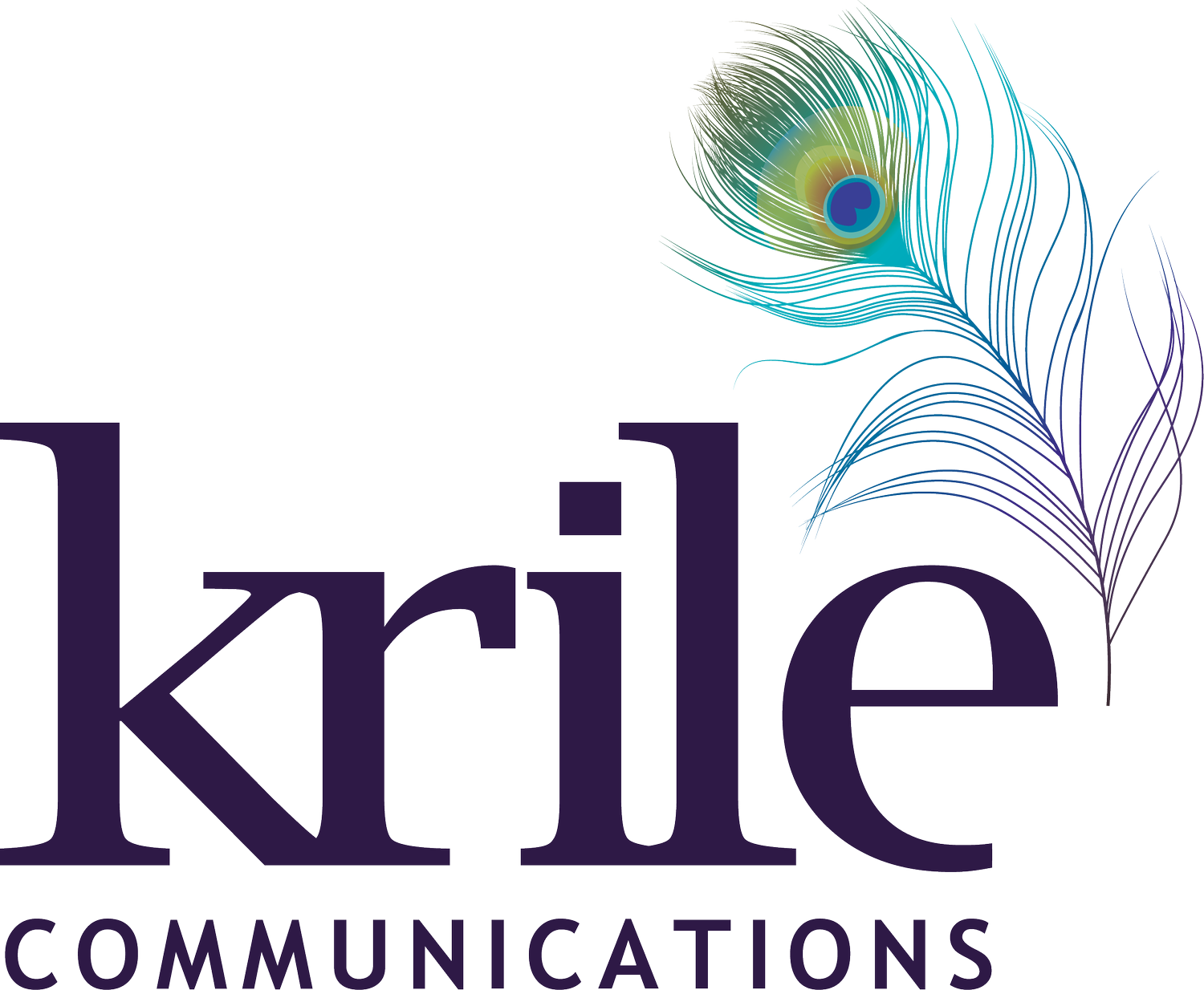Strategic Planning: The Compass to Your Organization’s Dream Destination
If you asked us to describe Krile Communications’ services in three seconds, we’d tell you, “Public relations, marketing, strategy.” We emphasize strategy as one of our core services because it is the foundation that supports all the building blocks of business – including marketing and public relations.
Strategic planning can be a lot like planning a trip with a group of people. Some may prefer the beach, others the mountains. While it can be challenging, it’s important to find a place you can all agree on so everyone is excited to get there. When you arrive, each person can break off into the activities that help them make the most of their trip. But at the end of the day, you’re all coming back together, reflecting on the new memories made and keeping the shared goal of the adventure in mind.
It’s not where you’ve been, it’s where you’re going
For over a decade, we’ve helped companies ranging in size from one employee, to teams of tens and even hundreds, determine their paths using the roadmap we refer to as strategic planning. While ideally, businesses have a strategy in place way before the first dollar is ever earned, it’s NEVER too late to start leading with a strategic plan in place. Whether you’re realizing that your original strategic plan is outdated, you feel the need for a check-in to ensure your roadmap will still get you to where you want to be, or you need to develop a completely new plan from scratch, this process can help.
If you’ve never embarked on a strategic planning journey before, fear not! Given that strategy is the compass of our firm, we’ve sketched out the benefits of mapping out a plan and why it’s a destination that will keep your customers coming back again and again. After your strategic planning is a wrap, the ideal endgame is a plan that includes vision, mission, values, strategic goals and, ideally, measures to track your progress.
Gather your group
Before beginning your strategic planning process, you need to define the team who will be conversing, collaborating and capturing the essence of what you do best as a company. Unless you are a very small business of less than 10 staff members (in which case, we suggest everyone is included), you’ll want to enlist a diverse group of professionals to be part of these conversations. For larger companies, this means selecting reliable, enthusiastic team members with diverse roles, experience levels, perspectives, backgrounds, ages, ethnicities, and more. The biggest goal here is to avoid groupthink. Diversity creates a dream team to venture on the journey to reaching your organization’s goals.
Mission accomplished
One of the first things you’ll want to define, or redefine, is your mission statement. To kick off most strategic planning processes, Krile Communications uses the SOAR model to help our clients break into the right mindset. SOAR is an acronym for Strengths, Opportunities, Aspirations and Results. Through the SOAR tool, one of the first things you’ll want to define, or redefine, is your mission statement. Your mission is simply ‘your what’. If you can confidently check off the questions in this list, your mission is accomplished!
Why do we exist as an organization?
Does it tell customers who we are and what we do for them?
Is it motivating?
Is it succinct and memorable?
Visualize your why
Next up, it’s time to map out your vision – your why. Vision is a little more ambitious and futuristic than your clear, factual mission statement. When defining your vision, you want to feel inspired in doing the work you do, and your customers to feel inspired in supporting your organizations’ goals. A spot-on vision statement answers the following questions:
Does it capture what will happen if success were absolutely guaranteed?
Does the vision inspire you?
Does it reflect our desire for our customer/patient accurately?
Establish guideposts for your roadmap
After working through the SOAR model to define your mission and vision, you may already have a good sense of your values as a company. Your next step is to solidify those values, since they will serve as the guideposts for what your organization holds near and dear.
At Krile Communications, we live and work by the 10 Commandments and the golden rule, among other values. If a decision or endeavor does not align with these values, it becomes pretty apparent we need to adjust our path to stay on track. In a successful strategic planning process, you will leave knowing what principles will guide your team along the way.
Track your journey
Like any good plan, the surest path toward success is setting measurable benchmarks to track your progress over time. These should include goals and measures that define who and when. How will you stay ‘in-check’ on the initiatives outlined? What priorities are most important for year 1? What about year 2, year 3 and so on?
An important thing to remember is that strategic planning is ongoing. Setting up an agreed upon check-in for your strategic planning is critical. In our experience, some organizations choose a two-year strategic plan, others choose three, and some choose five. Don’t overthink the timeline, but consider what will work best for the plan you have in place.
Ready, set, go!
Whether you’ve never had a second of strategic planning in your career thus far, or if you’re a seasoned pro, the heavy lift of strategic planning can feel a little daunting in the beginning. Breaking it down into parts helps you celebrate reaching new mile markers along the way, and also allows you to stop, catch your breath, and re-energize for the journey ahead.
